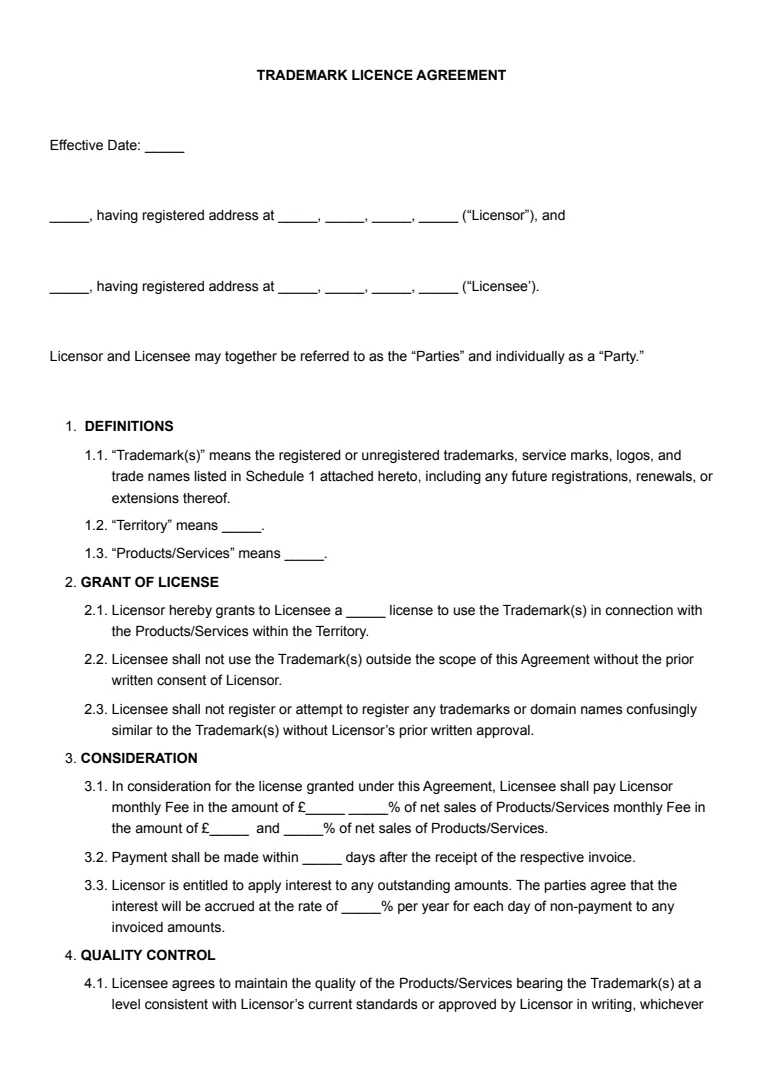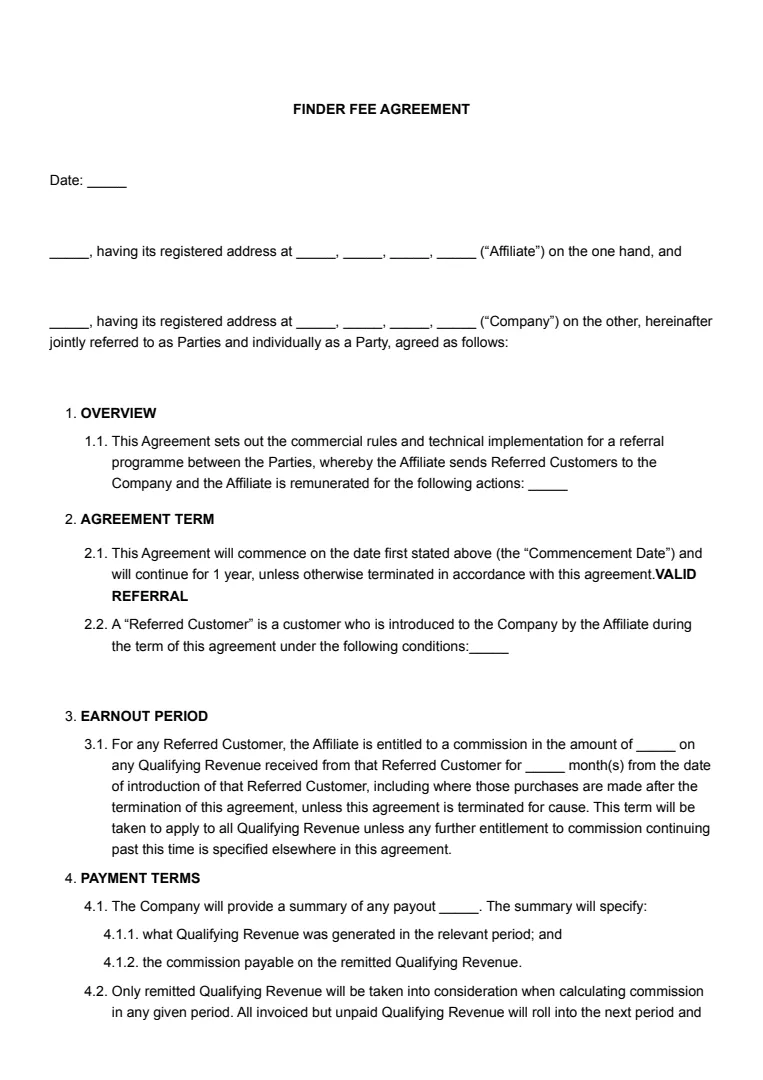What Is a Bid Proposal?
A bid proposal (also referred to as a tender proposal or bid document) is a formal written offer to provide goods or services under defined terms, often in response to a request for proposal (RFP) or invitation to bid (ITB). It outlines your proposed solution to meet the client’s needs, along with the methodology, timelines, cost structure, and legal terms.
In competitive procurement processes, especially public sector projects governed by the Public Contracts Regulations 2015 in the UK, bid proposals must follow strict formats and demonstrate compliance with procurement rules. Even in the private sector, a clear, well-structured bid proposal can serve as a binding offer, protecting both parties while ensuring mutual understanding.
When Should You Use a Bid Proposal?
Bid proposals should be used whenever you are competing for contracts that involve structured evaluation and decision-making criteria, where the buyer is comparing multiple offers against set standards.
They are particularly important in situations where clarity, compliance, and formal presentation can determine whether you are shortlisted or dismissed.
A well-prepared bid proposal does more than list your prices; it shows that you have carefully understood the project requirements, considered risks, and developed a plan to deliver measurable results.
Here are the main instances in which you should use a bid, or tender, proposal.
1. Public Tenders
Government projects almost always require a bid proposal as part of a formal tender process. These tenders are governed by strict procurement laws, such as the Public Contracts Regulations 2015, which set out requirements for fairness, transparency, and equal treatment of bidders.
Public tenders often come with detailed instructions, evaluation criteria, and submission deadlines that cannot be missed. The process might also require you to submit proof of financial stability, compliance with industry standards, and evidence of past performance on similar projects. Missing even a minor requirement—such as failing to provide a requested certificate—can lead to automatic disqualification regardless of how competitive your pricing is.
For businesses looking to enter this space, the UK Government’s Contracts Finder is a valuable tool for finding, reviewing, and preparing for open public tender opportunities. It lists central government, local authority, and other public sector contracts available for bidding.
2. Large-Scale Private Projects
Many large corporations and private developers adopt a formal bidding process similar to public procurement, especially when the contract value is high or the work is complex. These projects, such as commercial construction, IT infrastructure upgrades, or specialist engineering works, require detailed proposals to demonstrate that you have the experience, capacity, and systems to handle the scope of work.
A bid proposal in this context allows you to outline your project management approach, key personnel, risk mitigation plans, and quality assurance measures. For the client, it becomes a way to compare suppliers not just on price but on value, expertise, and reliability.
3. Competitive Procurement Processes
Even when the procurement process is less formal, such as a private company inviting multiple suppliers to submit offers, a bid proposal can give you an edge. By delivering a structured, professional document, you signal credibility, preparation, and commitment to delivering the best outcome for the client.
In competitive situations, the difference between winning and losing can come down to the strength of your presentation, how well you’ve anticipated potential challenges, and whether you’ve shown you can deliver added value beyond the basic requirements.
How to Write a Bid Proposal
Strong bid writing examples include persuasive writing and comply exactly with the buyer’s stated requirements. It is both a marketing document and a legal offer, which means it must clearly demonstrate your value while ensuring all technical and regulatory obligations are met.
Following a structured process reduces the risk of rejection and increases your chances of winning the contract. Here’s a step-by-step guide to writing a bid proposal or tender proposal template.
Step 1: Review the Client’s Requirements
The first and most important step is to carefully read the request for proposal (RFP) or invitation to bid (ITB). Look for mandatory qualifications, submission instructions, and evaluation criteria.
Highlight critical deadlines, required forms, and formatting guidelines; failure to comply with even minor details can disqualify you automatically.
Creating a checklist ensures that you meet every requirement before submitting your proposal. This is particularly important in public tenders, where procurement rules under the Public Contracts Regulations 2015 demand equal treatment of all bidders.
Expert Tip:
“Create a compliance matrix mapping each requirement in the RFP to where you address it in your proposal. This makes it easier for evaluators to tick off requirements and prevents you from overlooking critical details.”
If you want to skip manual drafting, Legally.io’s document generator can create a compliant bid proposal in minutes, tailored to UK law and your industry.
Step 2: Outline Your Solution
Your proposal should clearly explain how your solution meets, or ideally exceeds, the buyer’s needs. Use the language from the RFP where possible to show you have aligned your approach with the client’s objectives.
Describe your methodology, tools, and processes in detail. Where relevant, reference technical specifications, industry standards, or regulatory requirements that your solution will comply with. Including a delivery plan or phased approach can also demonstrate forethought and reliability.
Expert Tip:
“Always mirror the client’s language and priorities in your solution description. Procurement evaluators often score proposals using a checklist based on the RFP wording, so alignment can boost your score.”
Step 3: Provide a Competitive Price
Price is a key factor in bid evaluation, but it’s not the only one. Provide a transparent, itemised cost breakdown so the client can see exactly what is included. Avoid lump-sum pricing without explanation, as it can raise questions about scope clarity.
If you are including optional services or add-ons, separate these from your base pricing and explain their added value. In public procurement, remember that contracts are often awarded based on a combination of price and quality, so extremely low bids can be seen as risky.
Expert Tip:
“When pricing, consider the ‘Most Economically Advantageous Tender’ (MEAT) principle used in public procurement. This means your price should represent the best value, not just the lowest cost.”
Step 4: Add Supporting Evidence
Evidence can be the deciding factor in close competitions. Use case studies, testimonials, and metrics from past projects to prove your capability. If possible, link outcomes to measurable business improvements for previous clients.
Include copies of relevant licences, accreditations, and certifications. Industry-specific credentials, such as ISO standards for manufacturing or Cyber Essentials for IT, demonstrate compliance and professionalism.
Step 5: Ensure Legal Compliance
Your bid proposal should include clear terms and conditions that protect both you and the client. State the governing law and any limitations on liability, and outline how disputes will be resolved. For UK-based bids, ensure your terms align with the laws of England and Wales unless otherwise specified.
Public contracts in the UK must also adhere to procurement rules on fairness, transparency, and competition. The UK Government’s Public Procurement Policy Guidance provides valuable insight into these rules and how they affect bid submissions.
Legally.io can help you generate a tailored bid proposal that not only addresses industry-specific compliance requirements but also incorporates standard legal protections, reducing the risk of contractual disputes later.
What Should a Bid Proposal Contain?
An effective bid proposal is more than a persuasive pitch; it is a clear roadmap for project execution. It should include:
- Executive summary – A concise overview of the project, your understanding of the client’s needs, and how your solution meets them.
- Scope of work – Detailed descriptions of tasks, deliverables, timelines, and technical specifications.
- Pricing schedule – Transparent breakdown of costs, payment terms, and applicable taxes or fees.
- Compliance statement – Confirmation that you meet all mandatory qualifications, regulations, and submission requirements.
- Experience and qualifications – Summaries of relevant projects, team expertise, and industry credentials.
- Terms and conditions – Clear legal clauses covering liability, dispute resolution, and contract termination.
- Signatures – Space for formal sign-off once awarded.
Legal Tips for Bid Proposals
- Be precise with deliverables - Avoid vague terms that can lead to disputes. List each deliverable, the expected quality standard, and the deadline for completion.
- Include a compliance checklist - Attach a checklist confirming that your proposal meets all stated requirements in the RFP or ITB. This shows diligence and makes evaluation easier for the client.
- Protect intellectual property - If your proposal contains proprietary information, clearly mark it as confidential and include a confidentiality clause to prevent misuse.
- Specify governing law - For UK contracts, explicitly state that the agreement is governed by the laws of England and Wales. For international projects, consult legal advice on jurisdiction to avoid enforcement challenges.
Expert Tip:
“For highly innovative solutions, include a non-disclosure agreement (NDA) with your bid or reference an existing NDA. This ensures your proprietary ideas remain protected, even if you don’t win the contract.”
Key Takeaways
A bid proposal is a structured, persuasive, and legally compliant offer to provide goods or services.
It is essential for winning contracts in competitive procurement environments and for establishing clear expectations with the client.
By addressing all requirements, supporting your claims with evidence, and protecting your legal interests, you significantly improve your chances of success.
Legally.io’s bid proposal generator can help streamline the process while ensuring compliance.














